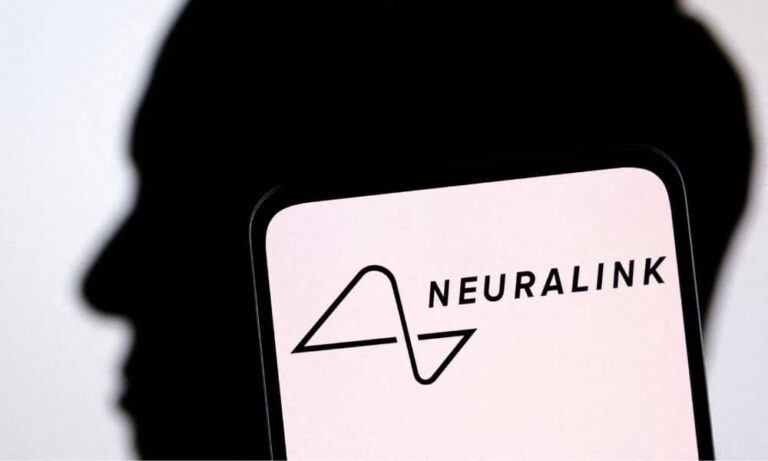Incubators for premature babies are an essential piece of hospital equipment that we expect to see in every neonatal ward, but this wasn’t always the case. Met with skepticism about their competency, one doctor found an unusual way to use the technology, now credited with saving thousands of little lives.
Determined to prove their effectiveness, the developers took an usual road, using them to preserve tiny babies lives, while exhibiting them
Dr. Martin A. Couney knew he wanted to counter the horrifyingly low survival rates babies faced, and came up with the unusual idea to exhibit the tiny humans as part of Coney Island’s ‘freak show’, in an effort to save their lives.

The ‘child hatcheries’ as they were initially known, were first set up in Berlin, before Couney moved to America, where he built a baby exhibit at Dreamland. Also known as Infatoriums, they eventually found a permanent home in the amusement parks of Coney Island.
Hoping to capitalise on people’s curiosity while tugging on their heartstrings Couney was able to save many lives, and without cost to their often-struggling parents. Charging an entry fee to the ‘exhibit’ allowed him to fund the project.
Aside from the freak show element of having your baby gawked at, it was a lifesaving operation run very professionally under Dr Couney’s leadership. Nurses maintained strict infant care, behind the glass that separated the otherwise normal looking hospital ward from hordes of viewers.

‘Graduates’ of the program often returned to thank Dr Couney for saving their lives, and view the latest tiny recruits. Some even became doctors themselves.
After forty years, the exhibit closed in 1941, as people were used to the phenomenon of baby hatcheries. More importantly, Cornell’s New York Hospital finally opened a premmie hospital ward. Coney’s 80 per cent success rate proved undeniable and incubators became accepted as an established medical treatment. Dr Couney died in 1950 having achieved his goal, depite it being achieved in one of the craziest methods in medical history.






